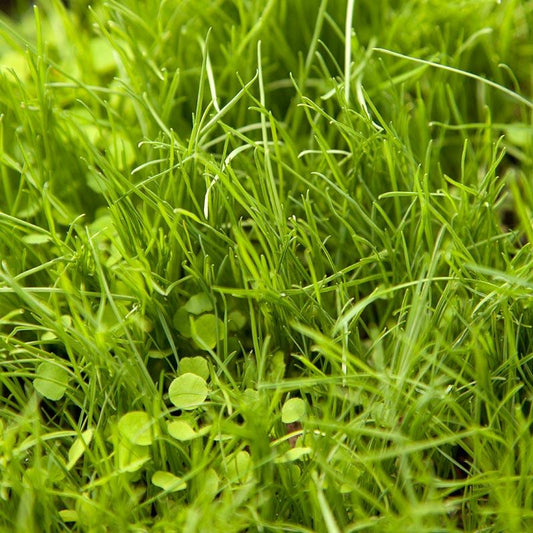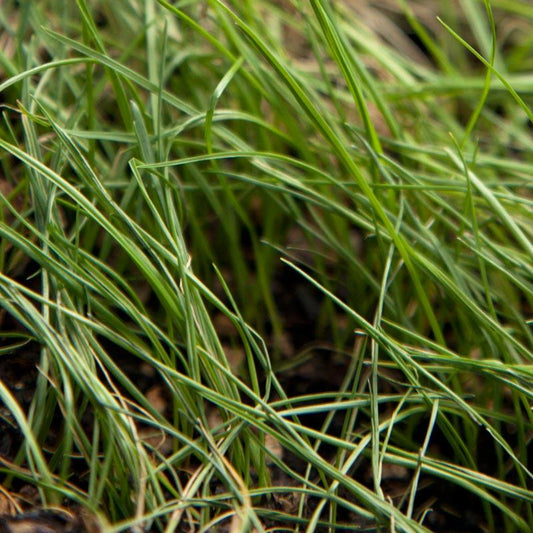Managed Intensive Rotational Grazing (MIRG)
Tricia introduces us to the basic concepts of pasture management in our video, and she runs through the strategies and benefits of MIRG (Managed Intensive Rotational Grazing). MIRG calls for moving livestock once they have grazed pasture down to three inches, and taking them to a new area that has six to eight inches of pasture.
Let's look at eight of those benefits more closely and find out how well-managed pasture land dovetails with living sustainably on the Earth. The combination of MIRG techniques -- keyline plowing, planting proper pasture grasses, moving livestock regularly from area to area, and allowing different kinds of livestock to graze sequentially -- all contribute to healthy soil, plants with deep roots, clean water, and a livelier environment.

1. Soil & plant health
Soil and plant health are part of a cycle. Robust soil, from deep roots that die back when they are grazed, means healthier plants growing in the pasture. Healthy plants provide better quantity and quality of food for your pastured animals -- so you save by not having to buy additional animal feed.
2. Better water retention
Healthy plants have dramatically deeper root systems that suck up the water as it goes by, keeping it in the soil instead of letting it drain on down the hill. This is where the keyline plowing comes into play. The rain or irrigation water collects in the deep scores made by the plow, and gives it a chance to soak in and water the plants. Increasing water in the soil enhances the microbial life systems in the soil, as well as the plant roots, creating a revitalized soil system that will lead to stronger plants.
3. Erosion control
Water retention also means that the water is leaving the surface of the soil quickly, penetrating to multiple layers better, and reducing the amount of runoff on topsoil, or pressure points at isolated soil levels, which could cause erosion. The deep grass roots also hold the soil in place, preventing it from being washed away.
4. Better water filtration
The free movement of water through the soil filters the water, leading to cleaner creeks and ponds on your property.
5. Increased aquatic population
As the water filtration increases, the water supply is cleaner and more attractive to aquatic life -- a surprising but positive sign of healthy life on your land.
6. CO2 sequestration
Carbon sequestering is often thought of as trees that pull carbon from the air. But so-called "perennial farming" with intensive rotational grazing also increases carbon sequestering.
7. Topsoil creation
MIRG techniques of pasture rotation will increase topsoil by 18" in just three years. The combination of better roots, water penetration, and harrowed manure works wonders.
8. Wildlife habitat
Taller grasses and cleaner water attract more nesting birds, and increases the mammal population, enhancing the natural cycles of the pasture and surrounding area.

For more information about pasture management, university resource: Wisconsin and Wyoming Cooperative Extensions: Pastures for Profit.
Whether you have a Bonanza-size ranch or a few acres, try the MIRG approach to pasture management and see how many ways you can increase the health of your land and animals.






1 comment
The basics are laid out okay, but grazing to three inches is horrible for the plants and the animals. The plant nutrition is far higher in the tips. Most professionals I know with great success stories are only taking 1/3 of the plants and thereby give their animals better nutrition and also dramatically impacts the soil life and paddock regeneration rates. Anyone looking for great examples of rotational grazing should see Greg Judy or Gabe Brown (cattle and sheep production, but Greg has also grazed rodeo horses).